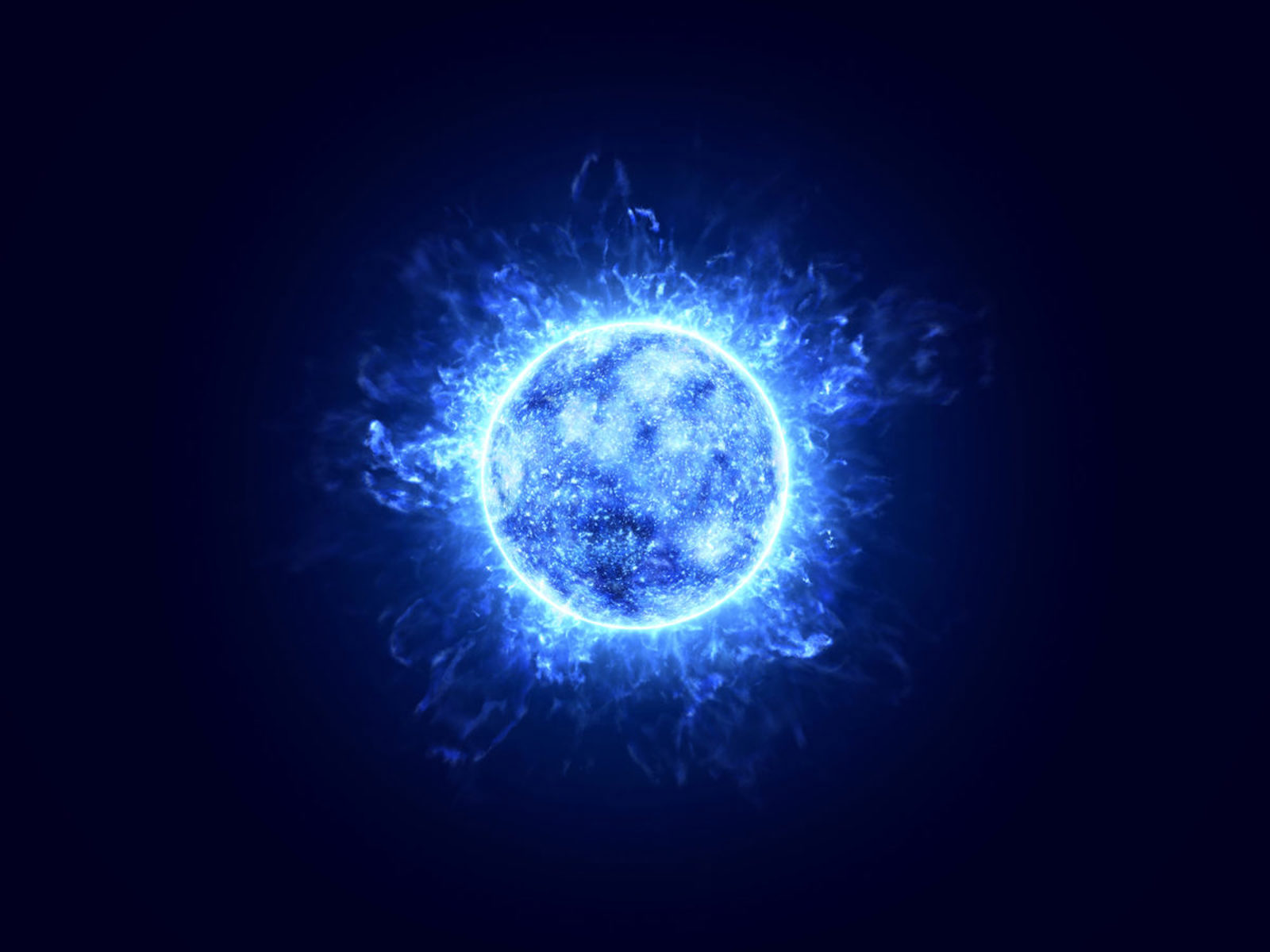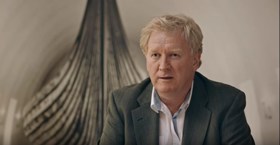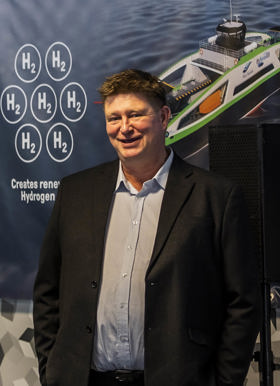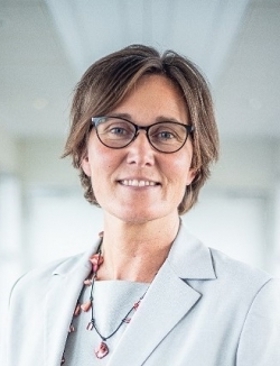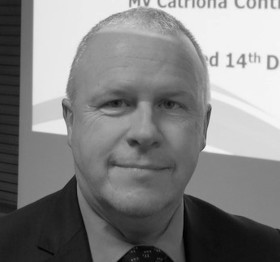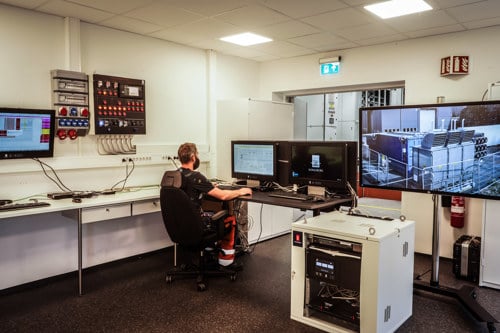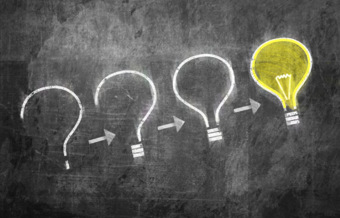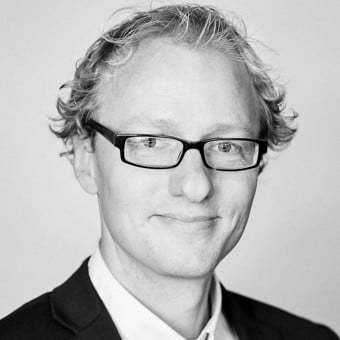“We have to build new vessels to sustainable standards,” says John Salton, CMAL Fleet Manager and Projects Director. “We need to ensure that we reduce emissions as much as we can, hopefully to zero. And the technology exists.
“It’s expensive. It’s still being developed. And as pioneers we will make mistakes. But we’re there, we’re at the front.
“Interestingly, HySeas III is already attracting interest from hydrogen suppliers. CMAL has been approached by community wind farms in Scotland, on the islands of Barra and Lewis and in Oban, as well as those in Orkney. They’re ready to provide the hydrogen when we need it. So that’s another part of the jigsaw, which is coming together reasonably well.”
Kristina agrees. Ballard, she says, would not be where it is today without the HySeas project, and it’s likely to impact the business for many years to come.
“Our FC Wave hydrogen fuel cell products would not have the maturity they have today had it not been for the HySeas project,” she continues. “It has supported, pushed and provoked the design to bring it to the level it’s at today.
“Thanks to HySeas and European funding, we have tripled our number of employees and our production capacity in just two and a half years, purely as a result of developing the FC wave modules. We have established a service and support centre for marine customers. Those are our personal achievements.
“But we’re also proud to be supporting the ongoing efforts to decarbonise the marine industry. And we’re already working with Kongsberg Maritime on other projects. Together, we are paving the way.”
KONGSBERG is also already looking beyond the HySeas III project to what comes next.
“HySeas is based on pressurised hydrogen — we’re just starting work on another EU funded project to look into the use of liquified hydrogen,” says Ketil. “We’ll be able to take all the competence and experience we’ve gained from HySeas into that.
“Looking back, we couldn't have imagined all the interest in hydrogen that has developed over the last two or three years. When we decided to join this project we weren’t sure how it would go. Now hydrogen seems to be the energy carrier for the future. I guess we did it right!”
https://www.hyseas3.eu/
